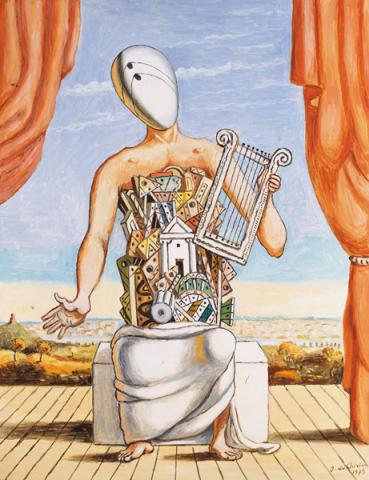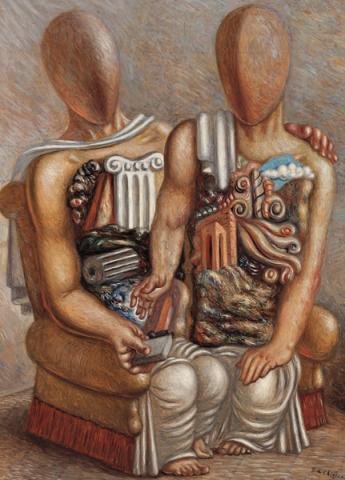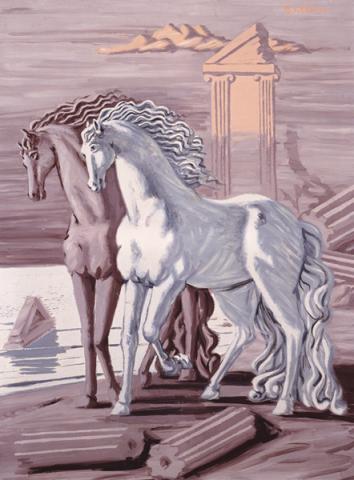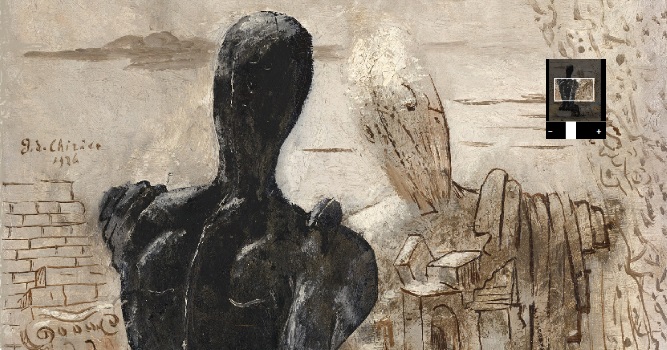Pericle Fazzini, lo scultore del vento
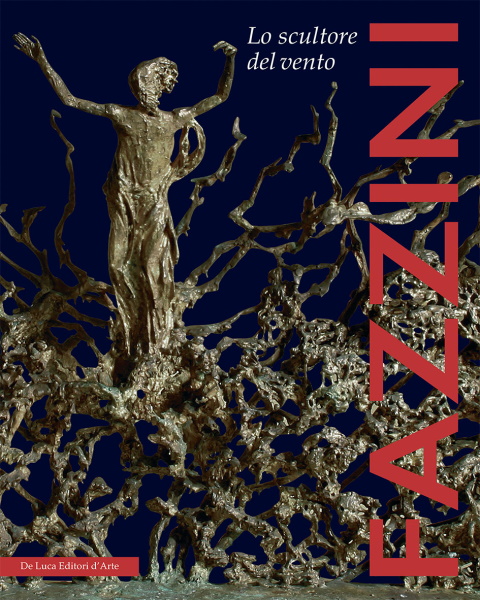
Alessandro Masi con Chiara Barbato e Roberta Serra
The works of Pericle Fazzini, ‘the sculptor of the wind’, as the great poet Giuseppe Ungaretti defined him, finally back on show at Rome after 30 years on the occasion of the 110th anniversary of the birth. Selected from the thousands of sketches, drawings, sculptures of small and large dimensions, today stored at the Foundation “Pericle Fazzini”, will be visible a fifty of the most representative works of the path of one of the major Italian artists of the 20th century. The Roman exhibition traces the entire creative life of Pericle Fazzini, from the first trials of the 1930s and 1940s as “Donna nella tempesta” [‘Woman in the Storm’] (1932) and “Il ragazzo con i gabbiani” [‘The Boy with seagulls’] (1940-46) to the original sketches of the Pier Luigi Nervi in the Vatican hall’s “Resurrezione” [‘Resurrection’], last building site of a unique artist after the Sistine Chapel by Michelangelo. Fazzini was one of the greatest 20th century artists who at the beginning of his artistic career contributed with great vitality to the birth of the ‘Roman School’. For more than 50 years, his working life was spent largely part in the studio on Via Margutta. Here, among a tangle of works and tools, his creative experience, day after day, was a continuous dialogue between his spirit and matter. He remains among the highest testimonies of 20th century sacred art. His yearning to beauty as the unveiling of the Divine marks a turning point in contemporary plastic research, translating the sacred text of the Scriptures in a dialogic form between Faith and Art. Pericle Fazzini died at his home in Rome’s Via Margutta, on the night of 4 December 1987, Saint Barbara’s Day, at the age of 74. Funeral took place in Rome in the Church of the Artists in Piazza del Popolo, and then he was buried in his hometown of Grottammare.


























